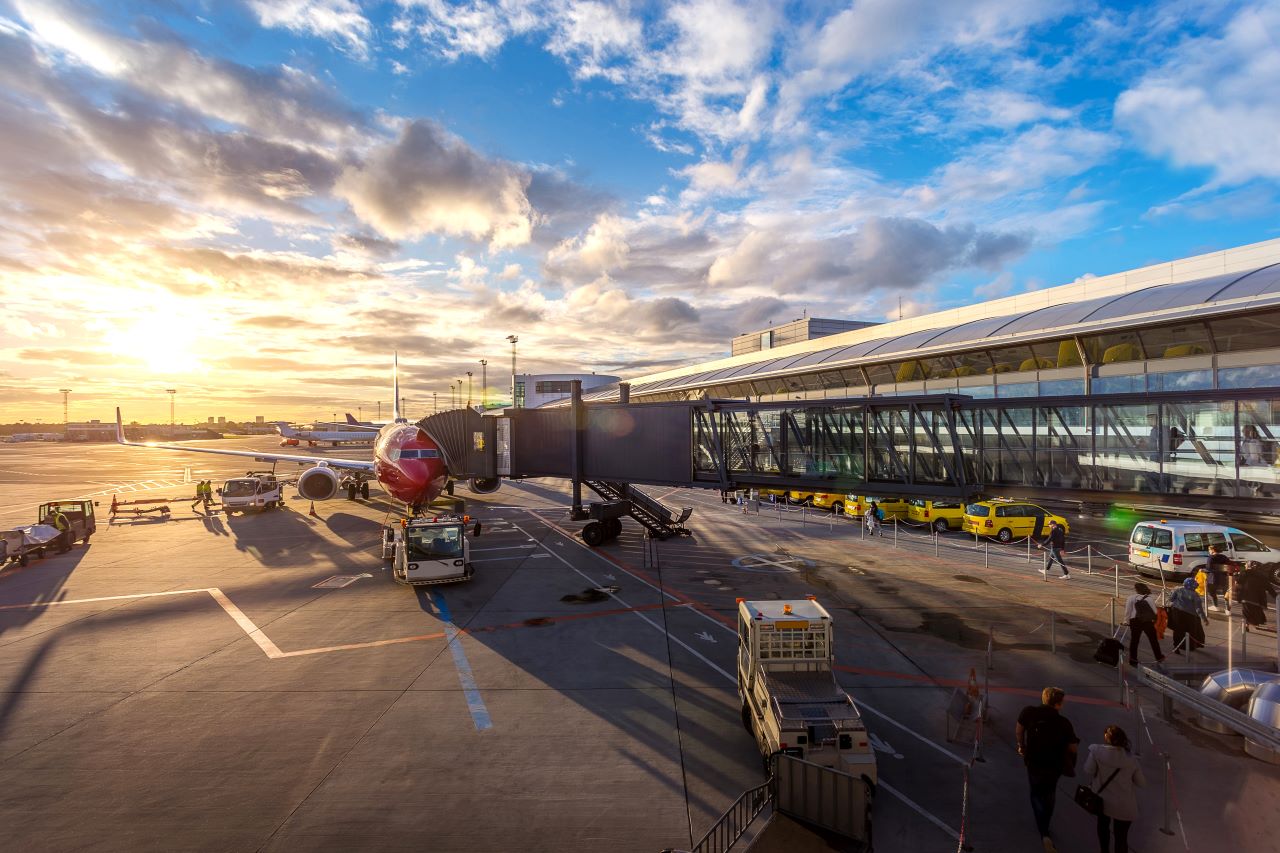The Ninoy Aquino International Airport Manila is the only airport in Metro Manila. Clark International Airport is another international airport option in Luzon Island, however, the airport is located in Pampanga (Region 3). In contrast, the Ninoy Aquino International Airport can accommodate more domestic flights and international flights, unlike the Clark International Airport. And the Manila Airport is more convenient and accessible since its location is in the capital city of the Philippines, such as a condo in Las Piñas. Many local and international tourists prefer booking their flights in NAIA since the highway road is more advantageous. Moreover, Ninoy Aquino International Airport is currently the largest airport in the airport with approximately 65 hectares.
Origin of the Ninoy Aquino International Airport Mnl
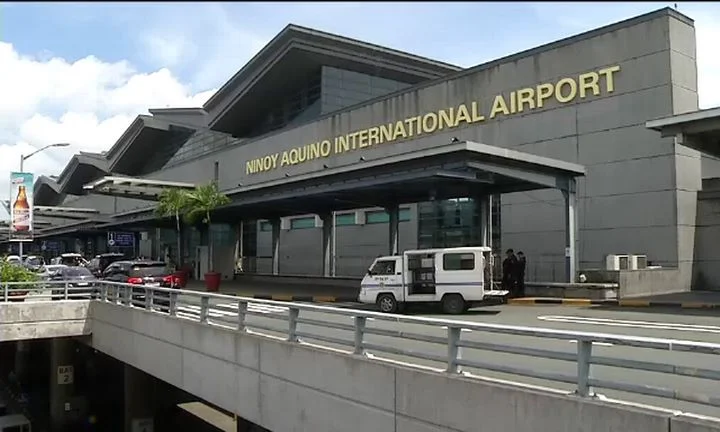
photo from cnnphilippines.com
The airport was originally named Manila International Airport, and later the Republic Act No. 6639 was passed on August 17, 1987, and the MIA was renamed the Ninoy Aquino International Airport. The statute did not alter the MIAA’s original or revised charters, therefore the MIA Authority kept its corporate identity.
Ninoy Aquino International Airport Interior
It was named the worst airport in the world in 2011 and 2013, but since undergoing a P1.3 billion refurbishment in 2014, it has managed to somewhat improve its reputation.
Four terminals make up NAIA, and they are up to 4.8 kilometers apart. In addition to having free WiFi, all of them provide ATMs and money exchanges in the arrival and departure sections. It’s also important to note that the ticket price includes all relevant taxes and airport fees.
Terminal One
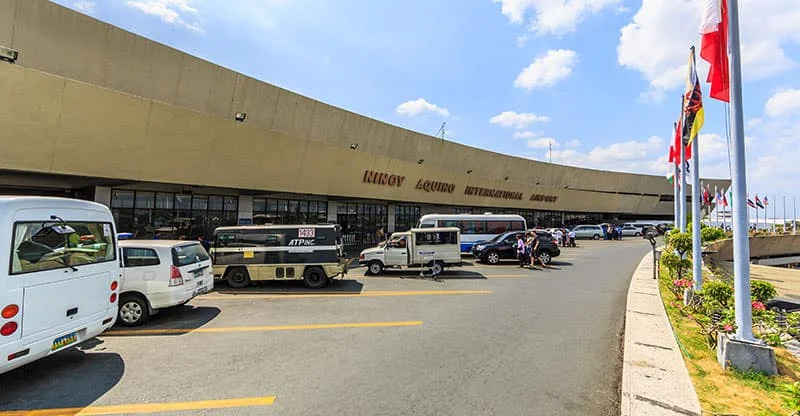
photo from boracaycompass.com
The majority of international aircraft land in Terminal 1. Passengers must travel to another terminal to catch a connecting domestic flight because it lacks a section for domestic flights.
Additionally, Manila Airport’s terminal earned the distinction of being voted the worst airport in the world. Fortunately, after the renovation in 2014, that changed.
Terminal Two

photo from cnnphilippines.com
Philippine Airlines is the only airline that uses Terminal 2 for domestic and international flights. Domestic flights utilize the right side of the building, while foreign flights use the left.
Arrivals take place on the first level of the two-story structure, and departures take place on the second.
Terminal Three
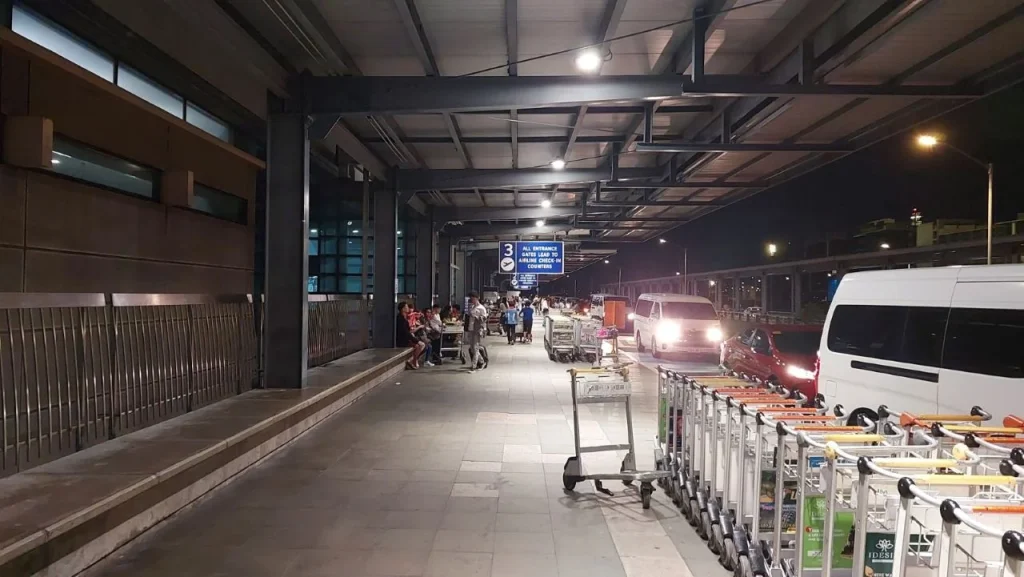
Numerous airlines use Terminal 3 for both domestic and international flights. It is the largest and most recent of the four terminals, having been finished in 2008.
Arrivals take place on the first floor of the four-story structure, and departures occur on the third. On the first and fourth floors, passengers can shop and have a bite to eat; the latter also contains a food court.
Terminal Four
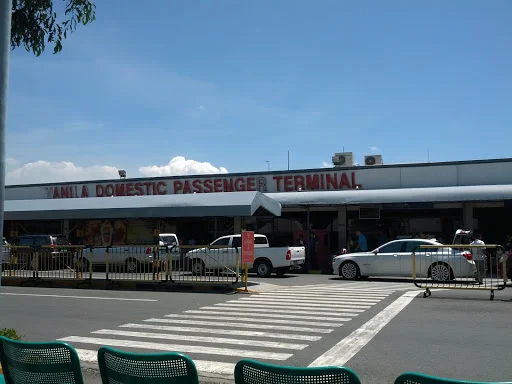
photo from xgress.com
Domestic flights only operate out of Terminal 4, and most of them involve tiny propeller aircraft. It is the smallest and the oldest of the four terminals, having been constructed in 1948.
It’s a rather straightforward and uncomplicated structure for an airport terminal.
Reason for Naia Terminal Facilities Upgrade
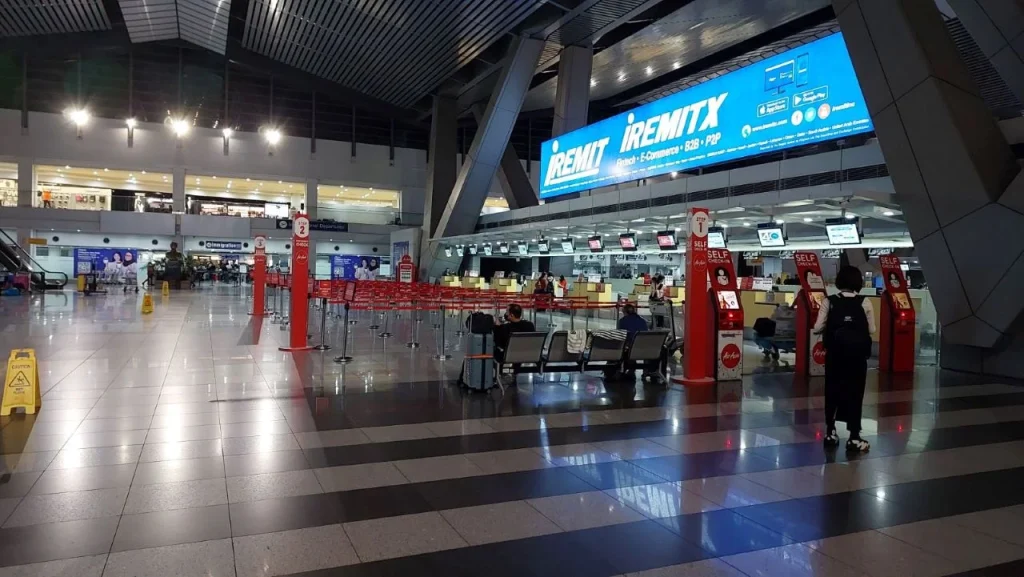
Based on many locals’ experience in NAIA terminals, they have to at least be 6 to 4 hours early to check in with their flight to reduce any complications with their travels, unlike in other countries wherein at most 2 hours early checking in before their flight will not be a hindrance with their boarding. Moreover, the incompetency of airport authorities is an issue for passengers during security checking. The facility and ambiance of Manila Domestic Passenger Terminal seem dull and abandoned and it is visible that a limited budget is allocated for terminals for domestic flights compared to its counterpart.
Philippine Airlines and Cebu Pacific are the leading airlines in the Philippines. But many passengers have always had issues with the performance and services of the aforementioned local airlines since the number issue is the unavoidable and repetitive delays of their flights.
In comparison one of the best airports or international terminals in Southeast Asia and even in the world, is Changi Airport in Singapore. Some passengers connecting to flights to Europe and Australia never had any problems with the management and the facility. Moreover, the design or the overall architecture of the airport is deemed one of Singapore’s tourist attractions.
According to Franco Luna (PhilStar, 2022), the Ninoy Aquino International Airport was dubbed the “worst business class airport in the world” after receiving the lowest overall rating in recent research.
The top airports in the world for business class travel were ranked in a survey by the global luggage storage app Bounce based on variables like the number of lounges, the number of destinations covered, the proportion of on-time flights, and airport rating.
Based on its 14 lounges, 101 destinations served, 59.6% of annual on-time flights, and airport rating of 3/5 from Skytrax, NAIA received a rating, giving it an overall score of 0.88 out of 10.
Gatwick Airport in the UK was ranked as the second-worst airport in the world with an average score of 1.82 out of 10 and just a 3/5 rating on Skytrax. just 67.8% of its flights were assessed to be on time.
Another report from Cristina Eloisa Baclig (Inquirer, 2022), the Ninoy Aquino International Airport (NAIA), regarded as the primary entry point to the Philippines, has consistently been ranked as one of the worst airports in the world and has been the subject of numerous passenger complaints from all over the world.
The tourism website hawaiianislands.com recently published a report that once again placed NAIA among the worst airports in Asia and the entire world, just ahead of the upcoming holiday season and the anticipated holiday rush.
Manila International Airport/Ninoy Aquino International Airport’s Upgrade
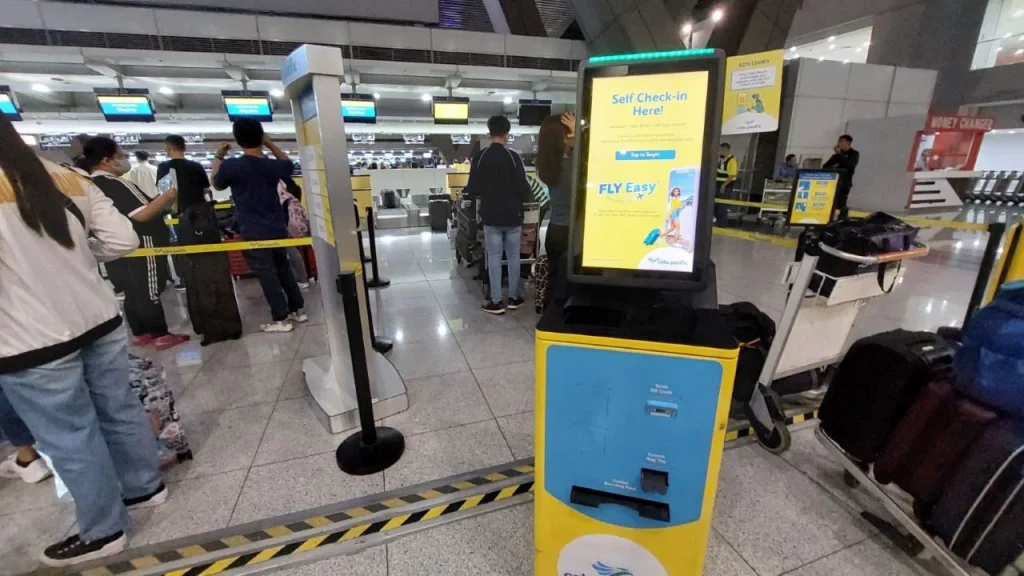
The Manila international airport authority is planning to have a call to action with the perception of the aforementioned airport and they are pitching funds to have a whole 360 makeover to improve its entire facility and business facilities.
As reported by Andre0 Calonzo (Bloomberg, 2023), Six of the largest companies in the Philippines have resurrected a plan to modernize the country’s congested main airport, expressing optimism about the future of air travel.
According to a joint statement, Alliance Global Group Inc., JG Summit Holdings Inc., Aboitiz Equity Ventures Inc., Ayala Corp., Filinvest Development Corp., and Asia’s Emerging Dragon Corp. submitted a 100 billion peso ($1.8 billion) proposal to the government for the modernization and expansion of the Ninoy Aquino International Airport. The airport manager and infrastructure investor Global Infrastructure Partners, based in the US, is also a member of the group.
As the statement released by Kevin Tan, Chief Executive Officer of Alliance Global Inc, and director of Manila International Airport Consortium (MIAC), the upgrading and long-term viability of NAIA, the country’s sole major operating gateway airport, are top development priorities for both the public and commercial sectors. Recognizing the importance of NAIA to the development of the nation’s economy, the consortium is providing highly complementary expertise and making an unprecedented commitment to its sustainability and ongoing viability.
According to the announcement, the plan calls for a “significant upfront payment to the government” and aims to more than double the airport’s annual capacity to 62.5 million people by 2028. Congestion and flight cancellations have been frequent at Manila’s main airport, with hundreds of flights being canceled in January due to a power supply issue.
At the height of the pandemic, the consortium in 2018 submitted a proposal to President Rodrigo Duterte to upgrade the airport in the nation’s capital, but it was denied. As part of a larger development push, the administration of President Ferdinand Marcos Jr. has stated its willingness to work with the private sector to administer the Manila airport.
Another MIAC Director, Josephine Gotianun Yap, Chief Executive Officer and President of Filinvest, mentioned that the consortium is confident that NAIA can help realize that vision with additional financial resources as well as improvements to operating procedures and technological advancements. Moreover, they submit this proposal united in the belief that the Filipino gateway to the world needs to represent the best of who we are as Philippine Citizens.
However, this project or objective is not fresh since the upgrade proposal dated way back during the presidency of the late Benigno Aquino III. According to Inquirer (2023), a group made up of six of the largest businesses in the Philippines submitted an unsolicited proposal in 2018 to renovate the country’s primary airport over the course of three phases from 2021 to 2024. The project will expand airport capacity and relieve congestion.
Additionally, the proposal promised to boost Naia’s efficiency by 20% and transform it into a top-tier gateway on par with the world’s top airports. The idea did not call for any government guarantees or the suspension of work on another significant airport.
The Manila International Airport Authority, the project’s lead government body, was advised to approve it by the Department of Transportation (DOTr).
Unfortunately, from the report of Palabrica last January of 2023, there was a funding issue for the upgrade. However, the April of the same year seems to be promising as the proposal has been pitched with more budget to forego the execution.
The Philippine Economy Probably Anticipated a Significant Slowdown in Quarter 1 of 2023
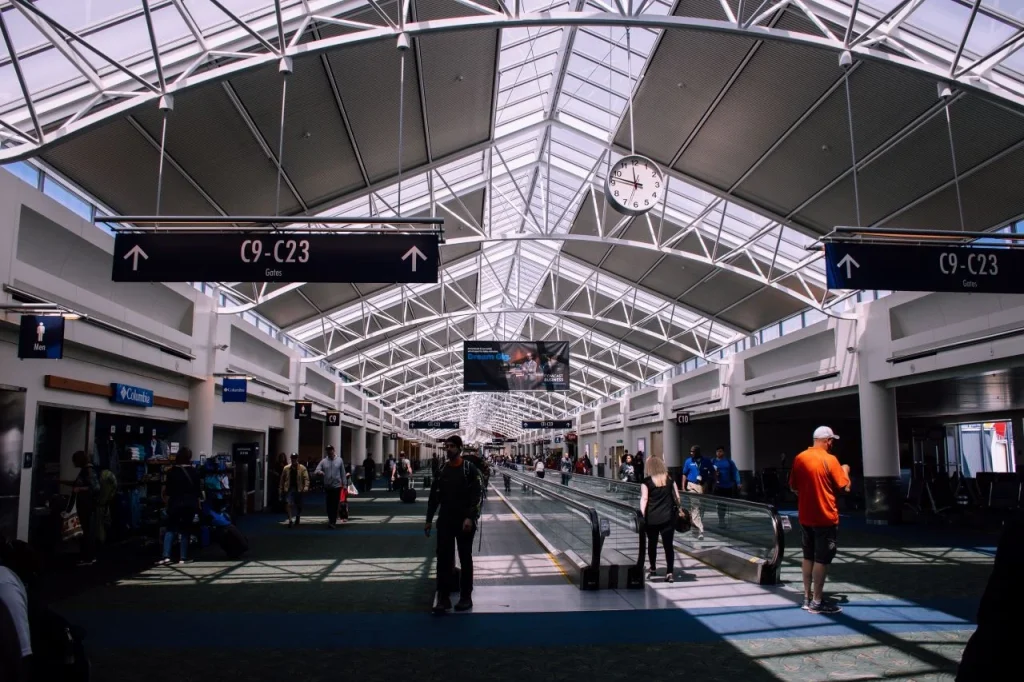
According to Luisa Maria Jacinta C. Jocson (BusinessWorld, 2023), the first quarter of the Philippine economy saw decreased consumption due to high inflation and increased borrowing costs, according to experts.
According to Oxford Economics assistant economist Makoto Tsuchiya, they feel that given its high proportion, private spending has continued to be a key driver of development. However, they also believe that since the initial boost has worn off, the momentum has likely been weakening and that high inflation has remained a drag.
He predicted that the gross domestic product (GDP) had likely expanded by 4.4% in the first quarter, compared to the 8.2% a year earlier and the 7.1% in the fourth quarter of 2022.
The administration hopes to boost the GDP this year by 6-7%.
Striving Real Estate Opportunities along the Metro Manila Area
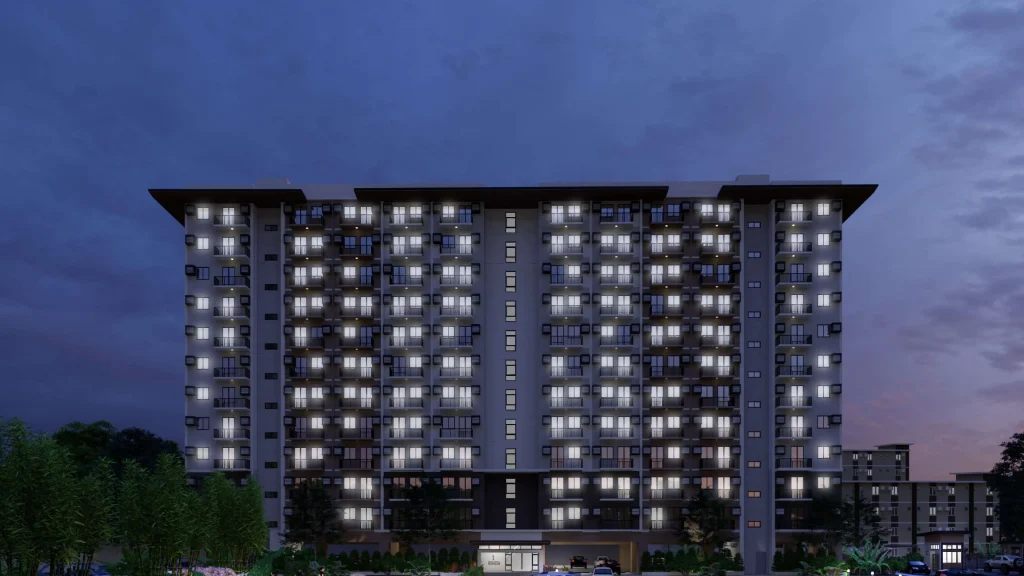
Since the aforementioned airport is accessible in the capital of the Philippines, where most of the business opportunities are located. Moreover, many tourists are looking for a place to stay. Introducing Crown Asia’s condominium units in Las Piñas. Hermosa is Crown Asia’s condo in Las Piñas City that has a contemporary design that is aesthetically pleasing while also providing everyone with the comfort they have been searching for so long. It’s the ideal location for anyone looking to live a fun and exciting lifestyle. It is situated in Las Piñas City’s Pulang Lupa Uno, in the Philippine capital of Metro Manila. Residents can go to Ninoy Aquino International Airport Terminal easily, and MOA Bay Arena is where they can relax.
Most importantly, the unit is convenient for people whose work requires business travel or meetings in different islands of the Philippines or internationally. Hermosa will be the most suitable unit for them to stay in to avoid travel delays and they can easily go back and rest. The unit is approximately 0nly 20-25 minutes away from NAIA.
The Hermosa is a 2.9-hectare sophisticated and opulent condominium village located close to the forthcoming 100-hectare integrated and master-planned Vista Global South township development.
It is a substantial, immaculately kept condominium complex with resort-style amenities that brings serenity to modern city living.
There are 1,147 residential condo units spread among the six mid-rise structures that make up the lavish, spacious Hermosa condo town. Pre-sale Las Pinas condos with a space-saving property type are now available in the second phase of the development as the first phase’s first three buildings have all been sold out. Depending on the type of unit—a studio, a 1-bedroom, or a 2-bedroom unit—room sizes vary.
Related Blog: Why Buying a Condo Near an Airport is Your Best Next Move


